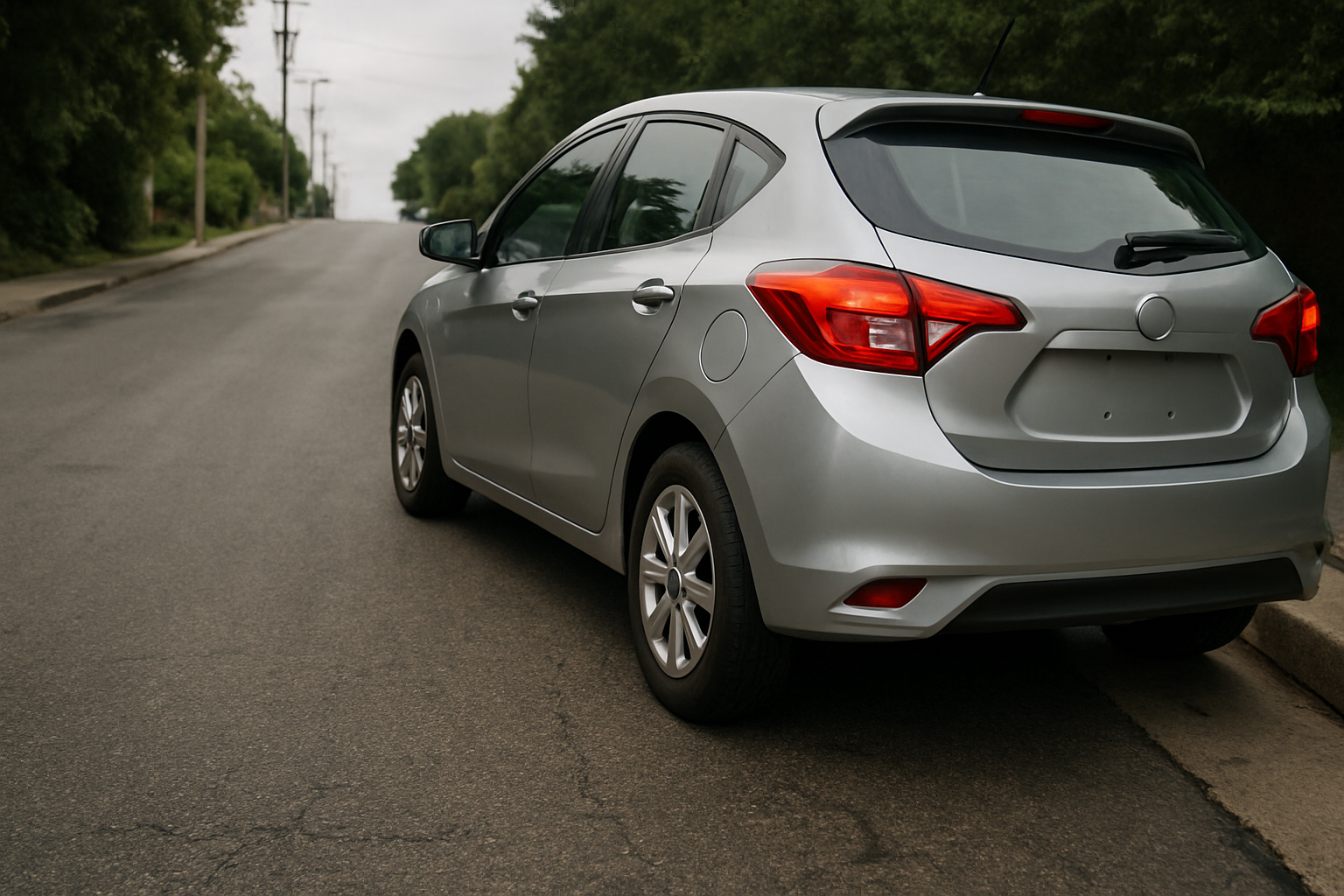Hook: Nervous about stalling or rolling backward on a steep incline? This hill start tutorial will guide you through a foolproof method for a manual transmission hill start, so you can conquer hills confidently without practice parking brake tricks or expensive training.
- Why mastering hill starts improves safety and confidence
- Precise clutch-and-throttle coordination in five clear steps
- Pro tips to avoid stalling and rollback every time
Why Proper Hill Starts Matter
Rolling backward on a hill can surprise drivers behind you and cause bumper dings or collisions. For manual drivers, a reliable manual transmission hill start technique keeps you in control, prevents clutch wear from half-clutch riding, and builds confidence in stop-and-go traffic or narrow mountain roads. Whether you’re new to stick shifts or refreshing your skills, a solid hill start tutorial is essential.
Step-by-Step Hill Start Tutorial
1. Engage the Parking Brake & Clutch
With the engine running, press the clutch pedal fully to the floor and shift into first gear. Pull up the parking brake lever to hold the car against the hill. This setup eliminates rollback while you prepare for the launch.
2. Find the Bite Point
Slowly release the clutch until you feel the engine begin to pull—the “bite point.” The revs may dip slightly and the car shudders as the clutch plates engage. Hold the pedal steady at this point; the car should remain stationary with the parking brake engaged.
3. Apply Throttle—Just Enough
Gently press the accelerator to raise engine RPM to around 1,500–2,000. Too little throttle risks stalling; too much spins the wheels. Aim for a smooth, controlled rise, allowing the engine to deliver torque exactly when the clutch releases.
4. Release the Parking Brake Smoothly
While maintaining the bite point and steady throttle, slowly lower the parking brake. The car will begin to move forward—ensure it does so without jerking by keeping the clutch in its bite zone until full engagement.
5. Fully Release the Clutch & Drive Off
Once the car moves, continue to ease out the clutch completely and smoothly transition throttle control to the accelerator. Accelerate steadily to climbing speed in first gear, then shift to second when RPM reaches about 2,500–3,000.
Pro Tips & Advanced Tricks
- Use hill-hold features: If your car has an electronic hill-start assist, engage it—but still practice manual technique for full control.
- Heel-toe positioning: Keep your heel on the floor and pivot to the throttle while clutch is down for quicker coordination.
- Clutch warm-up: In cold weather, briefly warm the clutch by slipping at a safe bite point before tackling steep grades.
- Smooth inputs: Jerky clutch or throttle movement can jolt the car—focus on gradual pedal travel.
- Practice on mild slopes: Build muscle memory on 5–10% grades before trying steeper roads.
Common Pitfalls to Avoid
- Riding the clutch: Holding the clutch at the bite point too long wears the friction plate—use the parking brake to hold position instead.
- Over-revving: Excessive throttle causes wheel spin and poor traction—match RPM to road conditions.
- Dropping the parking brake too fast: Releasing it in one motion can cause rollback or lurching—lower it smoothly.
- Ignoring road conditions: Wet or gravel surfaces reduce grip—adjust throttle and bite point accordingly.
FAQs
- Q1: Can I use first-gear creep instead of the parking brake?
- A1: In mild slopes you can hold at the bite point without the parking brake, but on steeper hills it’s safer to engage the handbrake until you’re ready to move.
- Q2: What if my car stalls at the bite point?
- A2: Increase RPM slightly and find a smoother bite point—stalling often means the clutch isn’t fully at its engagement position.
- Q3: How do I downshift on a hill start?
- A3: After moving off in first gear, shift to second at normal RPM. Save downshifts for gear changes rather than initial launch.
Conclusion & Next Steps
With this hill start tutorial, you’ll conquer inclines confidently and protect your clutch. Practice each step methodically—soon the process will feel second nature, even in high-pressure traffic. Next time you face a steep drive, remember: bite point first, steady throttle, and smooth parking brake release. Happy climbing!
